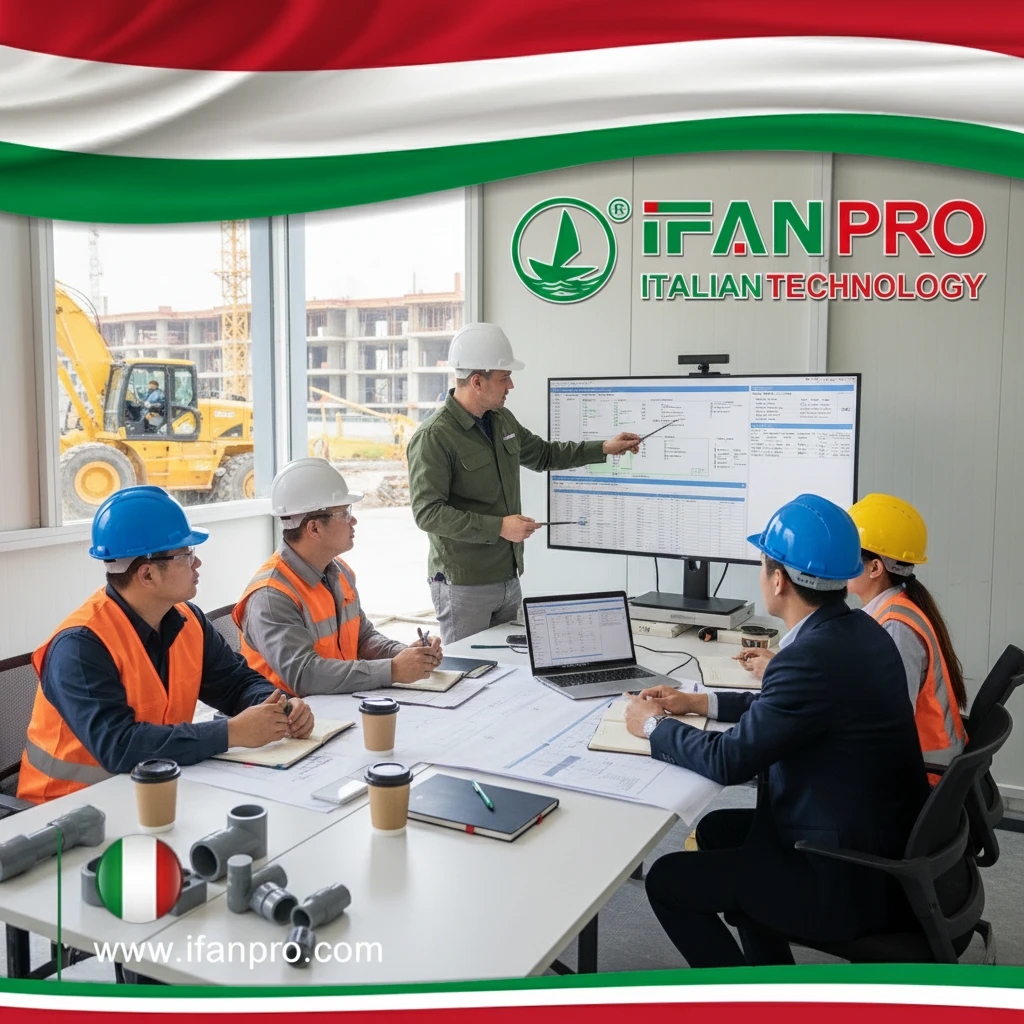Introduction to PPR pipelines
PPR pipelines offer a sustainable solution for modern plumbing systems. These pipes exhibit excellent environmental characteristics, making them ideal for eco-conscious construction projects. This article explores the various environmental benefits of PPR pipes and their applications.
Material Composition
PPR pipelines are made from polypropylene random copolymer, a thermoplastic material. This composition provides several eco-friendly benefits.
Non-Toxic and Safe
PPR pipes are non-toxic and do not leach harmful chemicals. They ensure safe drinking water and are suitable for transporting potable water.
Recyclable Material
PPR pipes are fully recyclable. After their service life, they can be reprocessed into new products, reducing waste and conserving resources.
Production Process
The production of PPR pipes involves an energy-efficient process. This contributes to their overall environmental benefits.
Low Energy Consumption
The manufacturing of PPR pipes requires less energy compared to metal pipes. This results in a lower carbon footprint.
Reduced Emissions
The production process emits fewer greenhouse gases. This helps in reducing the environmental impact of construction projects.
Durabilidad y longevidad
PPR pipes offer exceptional durability and a long service life. These characteristics reduce the need for frequent replacements.
Long Service Life
PPR pipes can last over 50 years. Their long lifespan reduces the need for new materials and the associated environmental impact.
Resistance to Corrosion and Scaling
PPR pipes do not corrode or scale. This ensures consistent water quality and reduces maintenance needs, leading to fewer replacements.
Eficiencia energética
PPR pipes improve the energy efficiency of plumbing systems. Their design and material properties contribute to reduced energy consumption.
Smooth Interior Surface
The smooth interior surface of PPR pipes reduces friction. This ensures efficient water flow, reducing the energy needed for pumping.
Thermal Insulation Properties
PPR pipes have excellent thermal insulation properties. They help in maintaining water temperature, reducing the energy required for heating or cooling.
Installation and Maintenance
The installation and maintenance of PPR pipes are simple and environmentally friendly. These factors contribute to their overall sustainability.
Easy Installation
PPR pipes are lightweight and flexible. This makes them easy to transport and install, reducing the need for heavy machinery and associated energy consumption.
Minimal Maintenance
PPR pipes require minimal maintenance. Their durability and resistance to corrosion reduce the need for frequent repairs, minimizing environmental impact.
Environmental Benefits in Applications
PPR pipes are used in various applications, each benefiting the environment in different ways.
Fontanería residencial
In residential plumbing, PPR pipes ensure safe and clean water supply. Their non-toxic nature and resistance to leaching protect the environment and human health.
Fontanería comercial
PPR pipes in commercial buildings offer reliable and efficient water distribution. Their long lifespan and low maintenance needs reduce the environmental impact of large-scale plumbing systems.
Industrial Applications
In industrial settings, PPR pipes transport chemicals and other fluids safely. Their chemical resistance and durability prevent leaks and contamination, protecting the environment.
Recycling and Disposal
Proper recycling and disposal of PPR pipes enhance their environmental benefits. Understanding these processes is crucial for sustainable construction practices.
Recycling Process
Recycling PPR pipes involves cleaning, shredding, and reprocessing the material. This creates new products, reducing the demand for virgin materials and conserving resources.
Proper Disposal
Proper disposal of PPR pipes prevents environmental contamination. They should be collected and sent to recycling facilities instead of being discarded in landfills.
Comparación con otros materiales
Comparing PPR pipes with other piping materials highlights their environmental advantages.
PPR vs. PVC
PPR pipes are more environmentally friendly than PVC pipes. They do not release harmful chemicals during production or use, and they are fully recyclable.
PPR vs. Metal Pipes
PPR pipes have a lower carbon footprint than metal pipes. Their production requires less energy, and they do not corrode, reducing maintenance needs and environmental impact.
Conclusión
PPR pipes offer numerous environmental benefits, making them an ideal choice for eco-friendly plumbing systems. Their non-toxic nature, recyclability, energy efficiency, and durability contribute to sustainable construction practices. By choosing PPR pipes, builders and homeowners can enhance the environmental performance of their projects. Understanding the eco-friendly characteristics of PPR pipes aids in making informed decisions for sustainable plumbing installations.
Conectar
IFAN es un fabricante chino de tuberías, accesorios y válvulas de plástico con 30 años de experiencia. Si está interesado en IFAN accesorios de cobre, válvulas de cobre, tuberías y accesorios de plástico, póngase en contacto con nosotros. IFAN le ofrece una variedad de tuberías estándar para satisfacer sus necesidades específicas. Haga clic a continuación para obtener más información sobre la amplia gama de productos de válvulas y productos relacionados con sistemas de tuberías asequibles y rentables de IFAN.
Responderemos a su correo electrónico o fax en 24 horas.
Puede llamarnos en cualquier momento si tiene alguna duda sobre nuestra producción.
Para más información, visite nuestra página web https://ifanpro.com/
Pls Mailto: [email protected]
Whatsapp: + 86 19857948982














Comentarios recientes